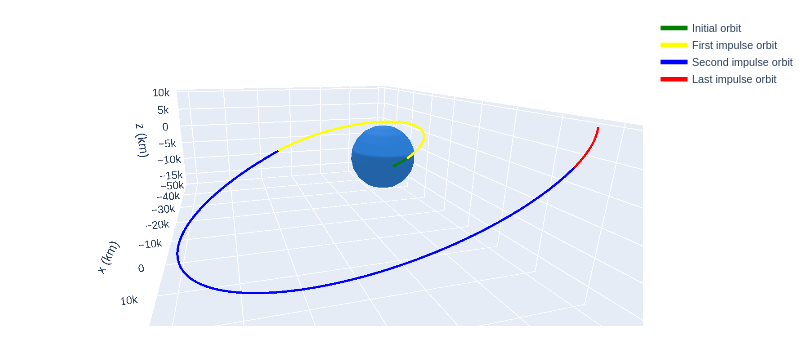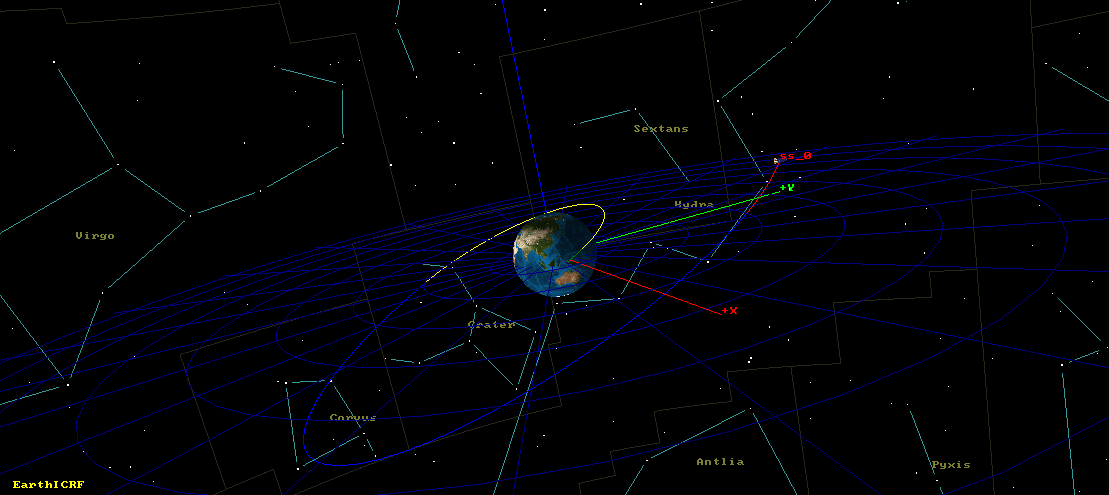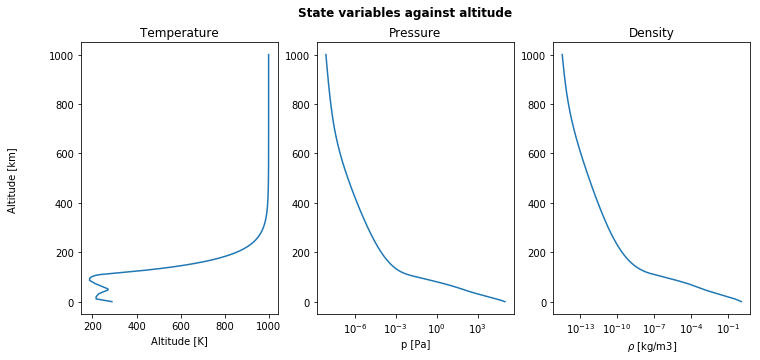Jorge Martinez steps down as maintainer of the project
Dear community,
I want to share with you that, due to professional commitments, I have made the decision to step down from my role as a maintainer of the poliastro project.
Rather than delving into the specific circumstances that led to this choice, I'd like to take this opportunity to offer inspiration to new developers who are considering joining the vibrant world of free and open-source software.
Looking back to December 2018, shortly after the holiday season, I can vividly recall the excitement of having my first pull request for poliastro merged. It was an exhilarating moment, as it marked the first time in months that I truly felt my contributions were making a meaningful impact, being valued and utilized by others.
Throughout my journey, Juan Luis Cano Rodríguez, an exceptional mentor, has provided invaluable guidance. His meticulous code reviews …


